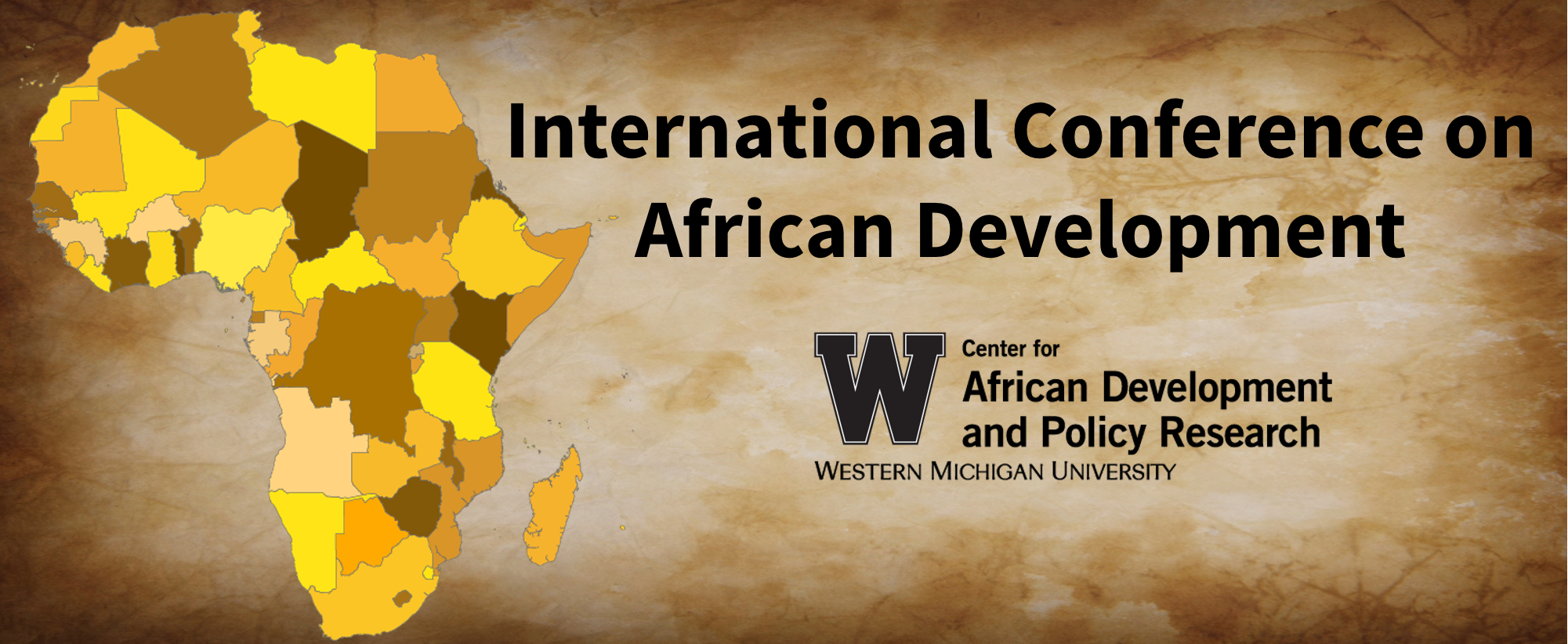6.3 Remittances, Remittance Concentration, and Volatility: Is Africa Different from the Middle East?
Abstract
This paper contributes to the empirical literature on the macroeconomic consequences of remittances. It uses data over the 1970-2015 period from 56 African and Middle Eastern countries to study the impact of (i) large remittance inflows and (ii) high concentration of the origin of remittance on the volatilities of real GDP growth, exports-to-GDP ratio, nominal exports growth and nominal exchange rate depreciation. It was found that (1) large remittances can reduce all types of volatility, especially in African countries, and (2) high remittance concentration, by itself, has been associated with higher volatilities in African but not Middle Eastern countries, and that both have high remittances, but also that high concentration aggravates all types of volatility in both regions, although results for the Middle East are not always conclusive.
6.3 Remittances, Remittance Concentration, and Volatility: Is Africa Different from the Middle East?
1920 Sangren Hall
This paper contributes to the empirical literature on the macroeconomic consequences of remittances. It uses data over the 1970-2015 period from 56 African and Middle Eastern countries to study the impact of (i) large remittance inflows and (ii) high concentration of the origin of remittance on the volatilities of real GDP growth, exports-to-GDP ratio, nominal exports growth and nominal exchange rate depreciation. It was found that (1) large remittances can reduce all types of volatility, especially in African countries, and (2) high remittance concentration, by itself, has been associated with higher volatilities in African but not Middle Eastern countries, and that both have high remittances, but also that high concentration aggravates all types of volatility in both regions, although results for the Middle East are not always conclusive.

